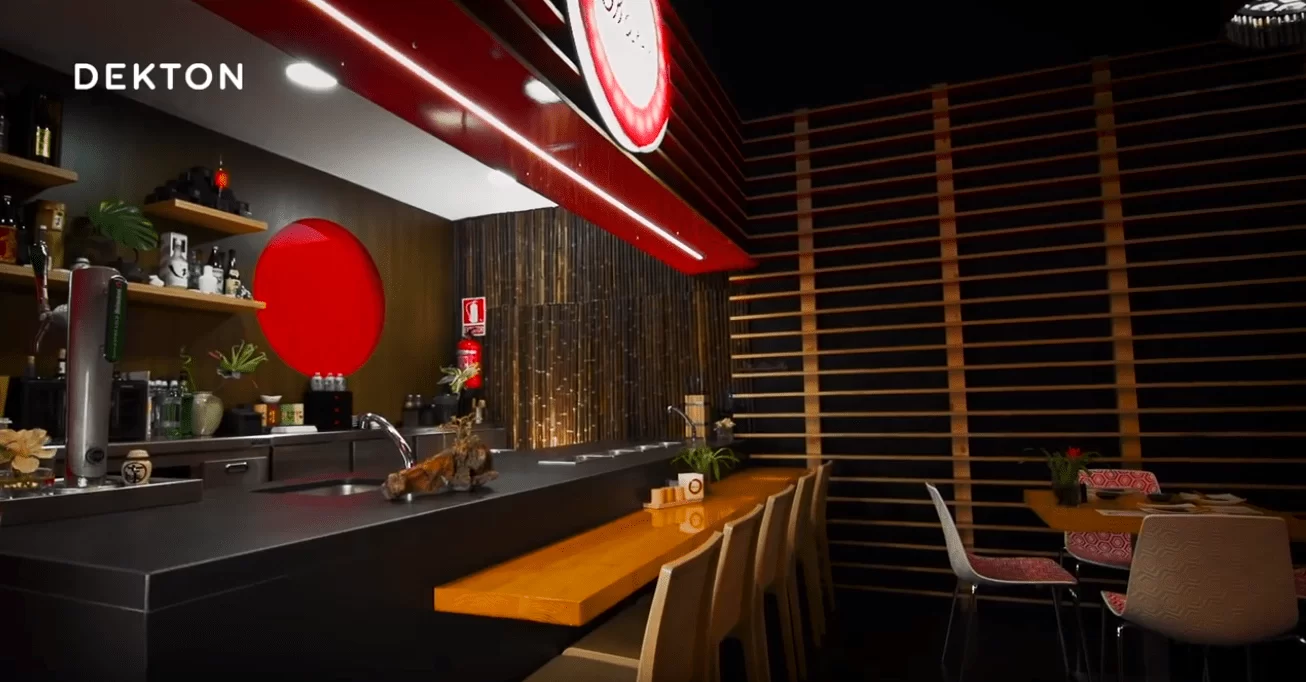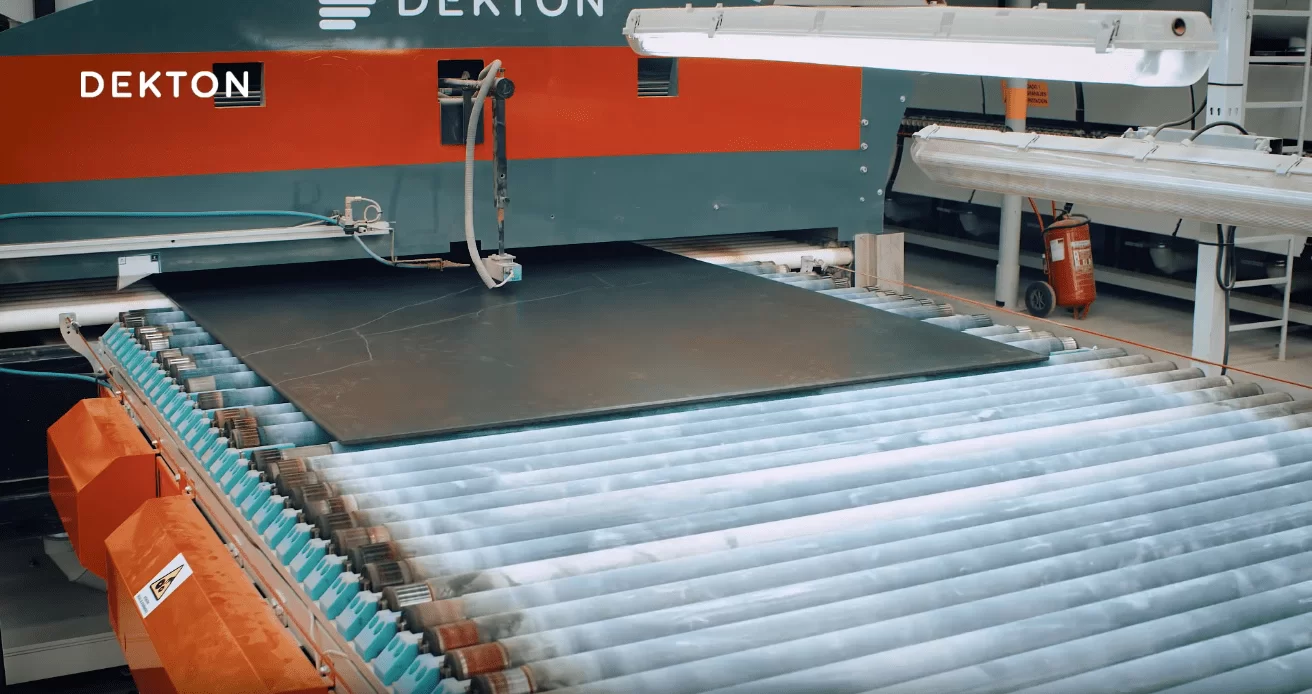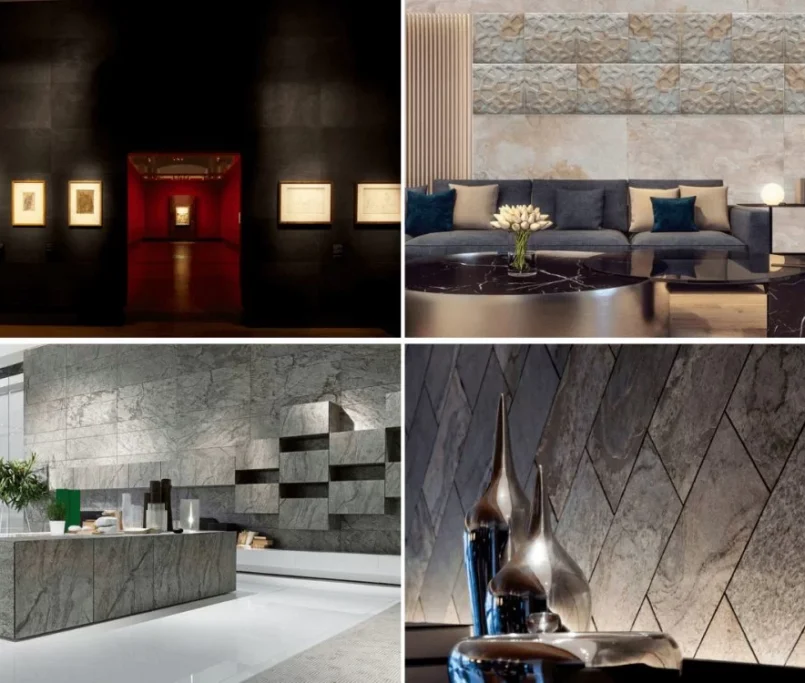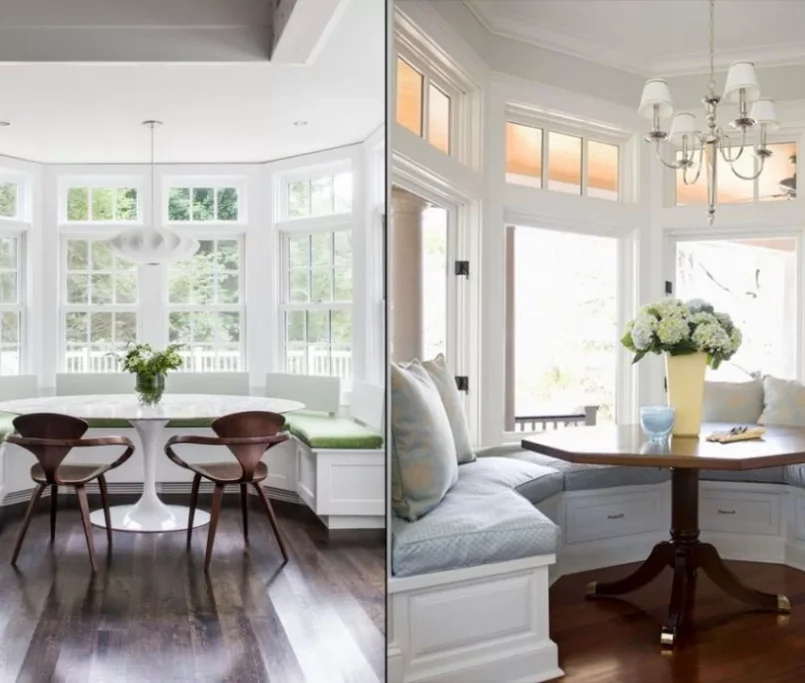How Dekton is made?
How Dekton is made?
Since 2013, architects and designers around the world have been using “Dekton“, the ultra compact surface created by Cosentino, that has revolutionized the world of interior and exterior surfaces. Have you ever wondered what really is Dekton?

Dekton has extraordinary aesthetic, and above all, technical characteristics. It is highly resistant to scratches and both high and low temperatures. It is almost completely impervious to liquid stains. Furthermore, Dekton has high mechanical resistance, and its color remains stable over time, even when exposed to ultraviolet radiation. But all these properties didn’t just appear overnight.
[Interested in Dekton as a countertop? Check out our New article on Dekton, The Ultimate Kitchen Countertop Material]
Cosentino has invested years of research and development. As well as extensive experience in the creation of quartz surfaces, inspired by the most up-to-date glass and porcelain manufacturing processes, mixing more than 20 natural minerals in a patented process, that relies on the most cutting-edge technology in the world. It all starts in an enormous factory, of more than 80 thousand square meters, and a 1-kilometer long production line. But let’s start at the beginning.
Trucks unload mountains of raw materials that Cosentino carefully selects from locations around the world. On average, 10 trucks a day arrive at the plant. After performing a quality check, an operator starts to distribute the raw materials into the corresponding hoppers that feed into the production line. Meanwhile, in the control laboratory, researchers evaluate the raw materials to make sure they meet the necessary quality standards.
They take care of their product right from the beginning of the process. Using a systematized process, the raw materials are mixed with water in this enormous mill and ground down for three hours until the necessary particle size is achieved. Once it has been ground and mixed to exact specifications, the control system determines the correct size of the particles in the wet mix, which is stored in pools.

Wide Variety of Colors
All of Dekton’s many color varieties begin as one of four different bases, which integrate perfectly with the surface, thanks to their pigmentation. They create this pigmentation by adding a specific concentration of pigment to the wet mix. This colored mix then dries in the atomizers at approximately 600 degrees Celsius, where it turns into a powder with a specific particle size and moisture content. They then store the different colored powders in separate silos.
Once the colored powder has been moved along these conveyor belts, it arrives at this machine, which distributes the powder into a continuous strip, creating a pattern of scales lines that imitate wood grains or simply smooth designs, according to the desired effect. The possibilities are infinite. This process is volumetric decoration.
The layer of material is pre-compacted, and then before it goes any further this machine cuts it into pieces 160 centimeters wide and 350 centimeters long. Cosentino has developed a particle sintering technology, or PST, which is essentially an accelerated version of the metamorphic changes that natural stone undergoes over the course of millions of years.

But here, centuries become minutes – this impressive machine is what allows this technological miracle to take place. In the blink of an eye, this press applies a force of 25,000 tons to each slab. That’s equivalent to 111 statues of Liberty, or two and a half Eiffel towers on each slab. This pressure level is about 20% higher than in any other high-pressure porcelain material in the world.
Once they have been through the press, the slabs dry out at 180 degrees before proceeding to the decoration phase. The machine that decorates the Dekton is like a high definition printer which prints the specific design for each Dekton model onto the board.

Rigorous Quality Control Process
The slabs look phenomenal when they come out of the printer. Although we’ll only really be able to appreciate their spectacularly vivid color once they’ve come out of the oven, let’s not get ahead of ourselves. Once they’ve completed the surface decoration process, they organize the slabs using an automated process. These robots are in charge of taking them to the oven entrance, where they undergo the sintering process.
Next is the Dekton factory oven. Every slab travels 180 meters while being baked at 1,200 degrees, which produces a reaction in the materials so that they fuse in a process called “particle centering”. Dekton is a completely inorganic material. It doesn’t contain any resins or additives, which is why it doesn’t degrade over time. The result is a slab with decoration throughout its whole surface of 320 centimeters long and 144 centimeters wide.
After the baking process, each slab has to pass a meticulous visual quality control test. This is a procedure where the operators must make sure everything is perfect. Then, they are classified, labeled, and wrapped in a protective plastic sheet so they won’t get damaged during transit.
Now the Dekton slabs are prepared so the automated system can order and classify them in the logistics warehouse, or load it up straight away, and distribute it around the world, for marble workers to create pieces that perfectly match with the spectacular, functional, and beautiful spaces created by architects and designers.
As found on Youtube
Related Article:
1) Top 5 Picture of Dekton Countertop style (updated 2018)
2) Dekton, The Ultimate Kitchen Countertop Material
3) 10 KITCHEN TIPS AND TRICKS TO MAKE YOUR LIFE 10 X EASIER
4) 8 Pros and Cons of materials used in making the countertop



